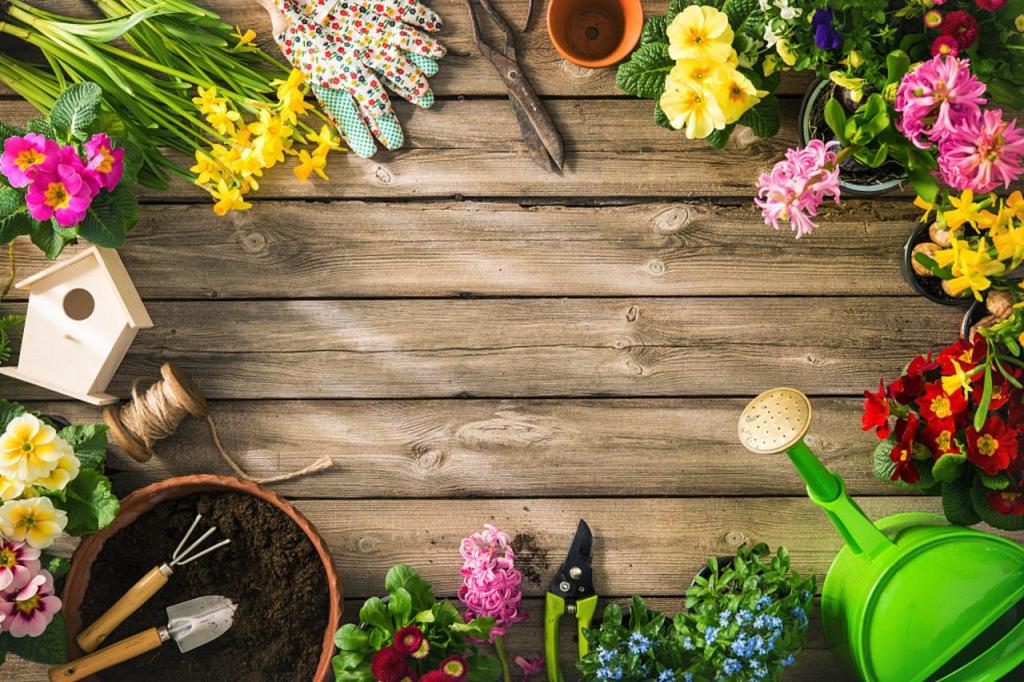Mandala
Mandala is like an invisible killer, don’t keep it at home. The whole plant is toxic, one is the most powerful fruit and seed toxicity, and the other is the tender leaves. Even the leaves after air -drying contain toxicity. Its flowers are also anesthesia. After eating by mistake, it can excite people and hallucinations. Excessive consumption can cause damage to the nerve center and seriously threaten life.

poppy
Yu Meiren’s famous beauty is beautiful, and its legend is even more gentle and moving, but the whole plant is poisonous. It belongs to the family of poppy, which is more toxic in the fruit. Mistakers can cause brain nerve dysfunction, and severe life and health.

Peel
Pyreas can be described as toxicity. The white juice secreted by it has symptoms of vomiting, loss of consciousness, diarrhea, and respiratory disorders. In severe cases, it can endanger health and life. In particular, the smoke produced by the burning of the peach branches also contains toxic.

Five -color plum
Five -color plum is cultivated in South China, such as Guangdong, Hainan, Fujian, Taiwan, Guangxi, and belongs to wild flowers.植物本身表现出来的无毒无害,但它的花、叶与未成熟的果却有毒,若误食后会造成严重后果,例如:慢性肝中毒,有昏迷、呕吐、腹泻、发烧、黄疸、 Symptoms such as shortness of respiratory.

Geranium
Geranium, also known as foreign hydrangea, is the best flower decorative window sill and corner, but the material emitted by itself, the human body will cause itching of the skin after contact. If the stems and leaves of hydrangea are mistaken, the stems and leaves of hydrangea will cause urgency, hernia pain, diarrhea, breathing, vomiting, and blood in the stool.

Narcissus
The history of Narcissus flowers has been cultivated and watched for more than a thousand years. It can make people feel warm and peaceful indoors. But its head (Lin’s stem) contains Lakine toxins. Its flowers, branches, and leaves are poisonous. The juice splashing on the skin can make the skin swollen quickly. After poisoning, it will cause abdominal pain and nausea and vomiting. Its floral fragrance can also cause the nervous system to disorders, inhale its aroma for a long time, and it will be dizzy, and the inhalation before bedtime is more serious.

One red
Yipin safflower period is long. Its flowering time is exactly during Christmas and the Spring Festival. It can be used to decorate the room to increase the festive atmosphere, but it must not be placed indoors for a long time, because it will release toxic substances that are harmful to the human body. The milk secreted by accidentally exposed to the skin, it will cause allergic reactions, which will cause the skin to swell quickly and swollen, and severe ulcers will occur.

Rose
In fact, the rose flower itself is not toxic. It is the irritating odor produced by its floral fragrance, which can cause respiratory infection diseases, so it cannot be cultivated indoors for a long time.

Yellow rhododendron
Sheep is also known as Huang Rhododendron. Its flowers contain a large amount of toxins. Do not smell and touch easily. Those who eat them with mistakes will cause poisoning, and the important cases will cause toxic shock and endanger human health.

Night incense
Night Laixiang is a relatively special plant. It can be placed indoors during the day, and it must be moved out of the evening. At night, there will be a lot of exhaust gas after the sun is not in the evening. Although the fragrance is tangy, it is harmful to the health. If it is placed indoors for a long time, it will cause cough, dizziness, and even insomnia, asthma, etc.

In life, we see a variety of flowers, but no matter what flowers, we cannot cultivate in a closed space, especially the bedroom. The toxicity of flowers and plants is self -protection, and the old saying is good: it can be viewed from a distance. We use our eyes to appreciate their beauty, and we must not harm or pick them at will.